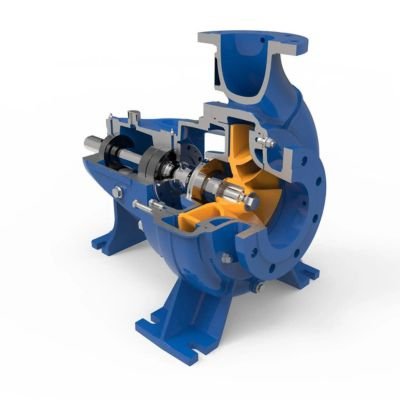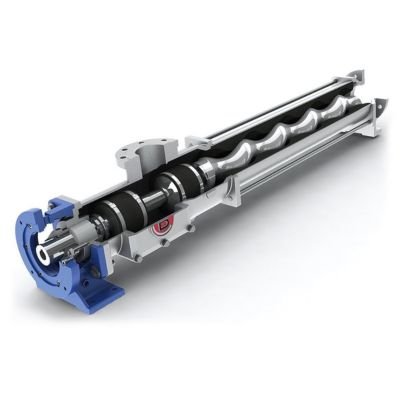A ball valve is a mechanical device that rotates on an axis to regulate the flow of gases and liquids through it. When the media is oriented in the pipeline’s direction, the bore in the ball’s center permits it to pass.
A gate valve and a ball valve have the same function. On the other hand, it’s a solid, rectangular piece with a thru bore at one end. When the valve is rotated, the gate travels linearly along an axis. A knife gate valve’s operation is similar, except it has a tapered edge on one end and a narrower cross section.
Metal seats hold these valves firmly in place so that, in the off position, they offer adequate sealing. However, the surface of the ball/gate and seat tends to wear out due to repeated action of the valve in certain critical applications where the media passing through the valves are abrasive, erosive, or corrosive in nature, such as slurries, mud, salt water, hydrogen sulfide, hydrochloric acid, high temperature fluids and gases, etc. As a result, the valve’s sealing is disrupted, which leads to leaks and an uncontrollable media flow. Applications where the flow control mechanism is most crucial to the process could result in unsafe conditions or subpar process output.






